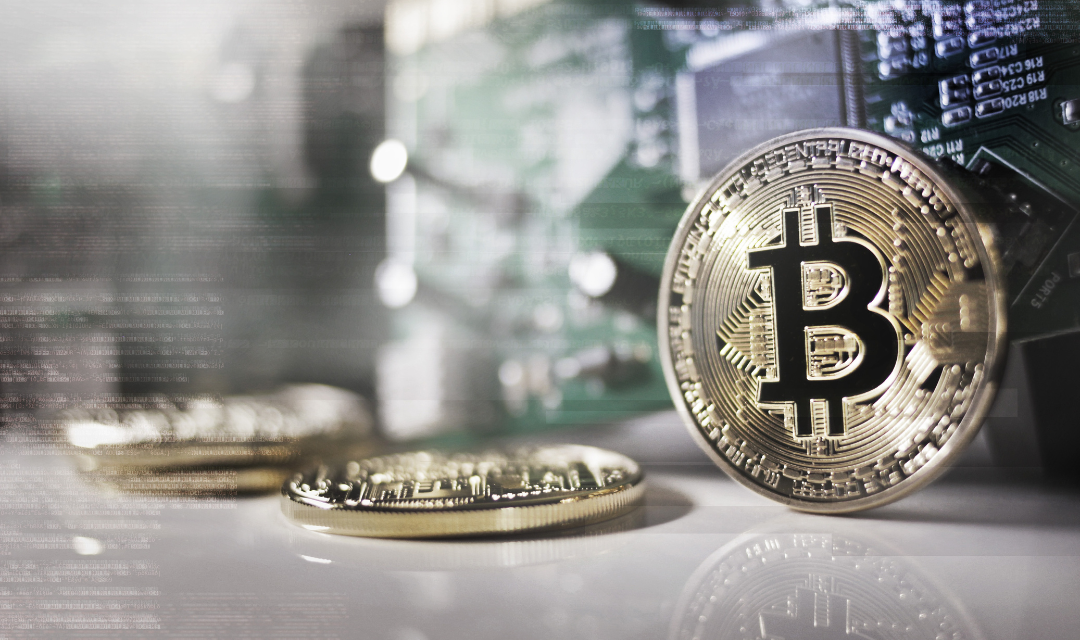
In last month’s newsletter, we talked about Bitcoin trading vs. holding vs. mining. It was in that discussion that I posed the question: is Bitcoin “digital gold”?
That’s because, like gold, Bitcoin is considered to be a commodity.
Bitcoin mining is often referred to as the “modern day gold-rush”. Virtual currency, such as Bitcoin, have been determined to be commodities by the U.S. Commodity Futures Trading Commission (CFTC).
Goldman Sachs’ head of commodities research, Jeff Currie, qualifies Bitcoin as a commodity because it “do[es] not have liabilities”.
He compares it to gold in that it does not answer to a single entity, unlike, say, the dollar, which ultimately ties back to the US government.
In an interview with Bloomberg TV, Currie explained why he sees Bitcoin as a commodity:
“It’s a commodity. A security, by definition, has a liability attached to it. Take a dollar bill, it has a liability to the US government.
Commodities do not have liabilities. They are bearer assets, and when you think about it in that context, you look at bitcoin, it’s not that much different than gold.”
But unlike most commodities, Bitcoin has a particularly interesting supply pattern. When the price of the underlying commodity goes up, like gold or copper, then supply starts to increase.

This is not the case with Bitcoin. Supply is increasing at a slowing rate because of the unique mechanism within Bitcoin’s underlying technology, blockchain, called “halving”.
At the same time, Bitcoin is a convertible virtual currency. Virtual currency is a digital representation of value that functions as a medium of exchange, a unit of account, and/or a store of value — in other words, it’s a form of payment.
El Salvador became the first country to adopt Bitcoin as an official currency back in September 2021. As legal tender, Bitcoin is allowed to be used in any transaction.
President Nayib Bukele said that this would help millions of Salvadorans living abroad send money back home, as well as boost financial inclusion, investment, tourism and development.

Bitcoin’s limited supply is one of its key advantages. Its scarcity (theoretically) ensures that its value holds steady for years to come. As the world comes closer to the maximum supply, that value increases.
Bitcoin had a rocky first half of the year, but experts still say it will eventually hit $100,000 — and that it’s more a matter of when, not if.
Many Bitcoin experts are hesitant to predict a number and a date — as discussed in this article from NextAdvisor in partnership with TIME — especially a full eight years into the future.
Most would rather point to the trend of Bitcoin increasing its value over time. The only thing guaranteed when it comes to crypto investing is volatility, so investors should expect more of it in the next few years.
Nearly one year ago, bitcoin’s price swung as high as $68,000 and now it’s back down below $25,000. This is how high or low bitcoin’s price could go in the next few years:
Being that volatility is fundamental to the value of Bitcoin, this investment brings up the concern of risk vs. return. One way to mathematically assess the viability of an asset is through the Sharpe Ratio.
The Sharpe ratio describes how much excess return you receive for the extra volatility you endure for holding a riskier asset.
In this article on Forbes.com, the Coin Metrics Bletchley Index measures Bitcoin’s Sharpe ratio over the past five years at 1.6 (as of 2021).
That compares with 1.1 for the Vanguard Balanced Index Fund, which is considered to be as diversified as you can get using stocks and bonds.
In the chart below, Bitcoin analyst Willy Woo uses a 4 year HODL period to run the Sharpe Ratio calculation, which he considers to be a sufficient time to cover a full bear to bull cycle for Bitcoin.
Risk adjusted returns are calculated using Sharpe Ratio over a 4 yr HODL period. “HODL” is another term for “holding” cryptocurrency and not selling.
He uses the following data sources:
As I often say, I am not a financial advisor. I urge those who read my newsletters to take what you’ll learn here and consult with your own advisor to determine if any of the topics discussed can fit your personal financial situation.
The goal of my work here at Match Real Asset Partners is to introduce you to investment opportunities that can help you reduce your taxes, protect your wealth, and create sustainable, passive income.
We will be offering bitcoin mining funds to investors soon, which reduce volatility on the entry price for Bitcoin and provide equipment depreciation to offset tax on the income.
If you’d like me to put you on advance notification lists for investment opportunities that meet your goals and interests, please complete my Investor Questionnaire so that I can send you opportunities that interest you— and not ones that will just clog your inbox.
Are you ready to see what investments might work for you?
Fill out this Investor Questionnaire to get started or set up a call with me.